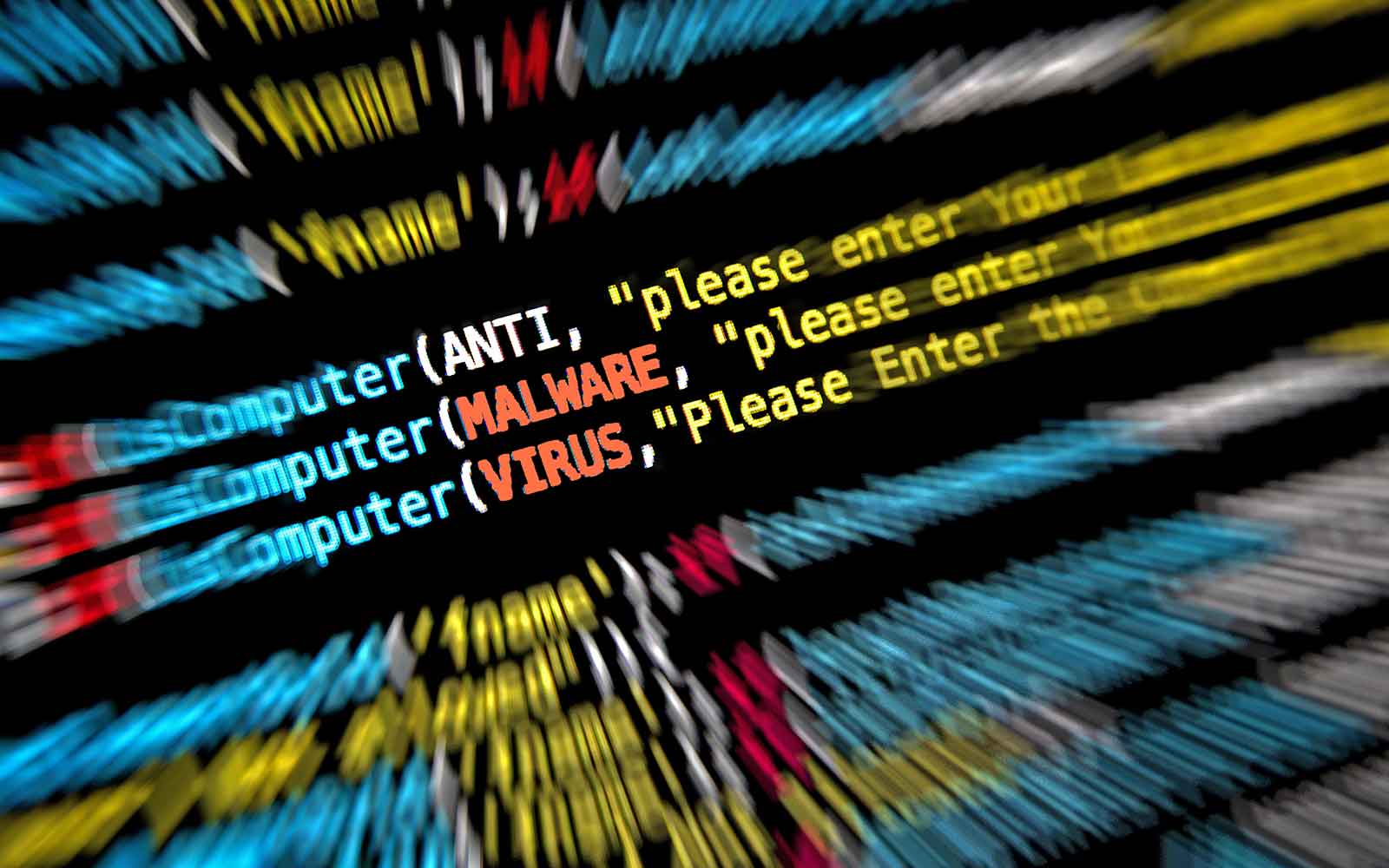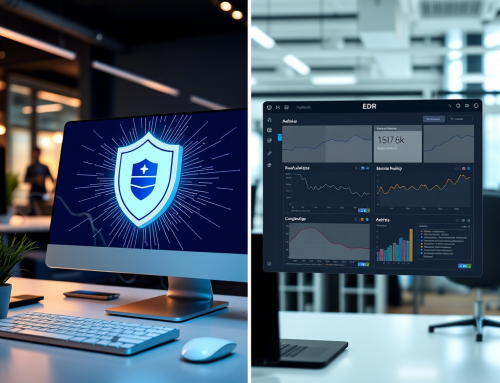Computer viruses are an ever-present threat in our digital lives. Just like biological viruses, they spread fast, cause harm, and often remain unnoticed until it’s too late. With the rise of technology in daily life, understanding viruses, malware types, and protection strategies is critical. This guide will explain what malware is, break down various types of threats, and share practical tips for protecting your devices and data.
What is Malware?
Malware is short for “malicious software,” and it’s designed to harm, exploit, or disrupt your system. From stealing data to damaging files or taking control of your computer, malware can wreak havoc in various ways.
How Malware Works
Once your device is infected with a virus, it spreads rapidly by exploiting system vulnerabilities. Like a biological virus, it replicates itself and can damage other parts of your computer.
Real-Life Example
The infamous “I Love You” virus spread via email with a fake love letter attachment. When opened, the virus executed a harmful script that damaged files and forwarded itself to everyone in the user’s contact list, causing widespread chaos.
Types of Computer Viruses and Malware
Understanding the different types of malware is key to staying safe. Here are eight common types of computer threats:
1. Trojan Horses
These viruses disguise themselves as legitimate software, tricking users into installing them. Once active, they run harmful operations, often stealing sensitive data. A notable example is the Zeus Trojan, which targeted banking information globally.
2. Backdoors
A backdoor allows secret access to a system. Sometimes built intentionally by developers, these vulnerabilities can be exploited by hackers, leading to severe security breaches.
3. Worms
Unlike other malware, worms don’t need user interaction to spread. They infiltrate systems by exploiting network vulnerabilities. MyDoom, a famous worm, created a botnet used for cyberattacks like distributed denial-of-service (DDoS).
4. Spyware
This type of malware operates silently, collecting your private information—like passwords or financial details—without your knowledge. For example, keyloggers record and transmit everything you type.
5. Ransomware
Ransomware encrypts your files and demands payment to unlock them. Both individuals and companies are common targets. Paying the ransom doesn’t guarantee data recovery, making prevention critical.
6. RAM Scrapers
RAM scrapers extract sensitive information from your computer’s memory. For instance, malware like BlackPOS targeted retail point-of-sale systems, stealing customers’ credit card data.
7. Adware and Browser Hijackers
Adware forces intrusive ads on you, while browser hijackers modify your settings—like changing your homepage or installing unwanted extensions—often redirecting you to malicious websites.
8. File-Wiping Viruses
These are designed purely to destroy. Unlike ransomware, which seeks financial gain, file-wiping viruses erase data and damage systems beyond repair.
How to Detect and Remove Computer Viruses
If you suspect your computer has been infected, follow these steps to identify and eliminate threats:
- Run a Virus Scan
Use trusted antivirus or antimalware software to detect malicious files. Ensure your software is up to date.
- Monitor for Unusual Behavior
Slower system performance, unexpected pop-ups, or strange restarts could signal an infection.
- Disconnect from Networks
Cut off internet access immediately to prevent the virus from spreading or stealing data.
- Remove the Virus
Follow the instructions provided by your antivirus software to quarantine and permanently delete the malware.
Best Practices for Preventing Future Attacks
Prevention is always better than cure, especially in the case of cyber threats. Here are five critical steps to keep your systems secure:
1. Avoid Suspicious Links
Don’t click on unknown links or email attachments from untrusted senders.
2. Keep Software Updated
Regularly update operating systems, browsers, and software to patch vulnerabilities that cybercriminals exploit.
3. Use Firewalls
Enable hardware and software firewalls to block unauthorized access to your network.
4. Stay Wary of Pop-Ups
Avoid interacting with suspicious pop-ups and ads—they’re often gateways to malware sites.
5. Always stay up-to date
Learn about common cyberattack tactics, such as phishing, to identify threats before they impact you.
Cybersecurity is a shared responsibility. By understanding different types of malware, the way they function, and how to protect yourself from them, you’re taking proactive steps to safeguard your devices and data. Whether you’re dealing with ransomware, spyware, or worms, using modern antivirus solutions can help.





